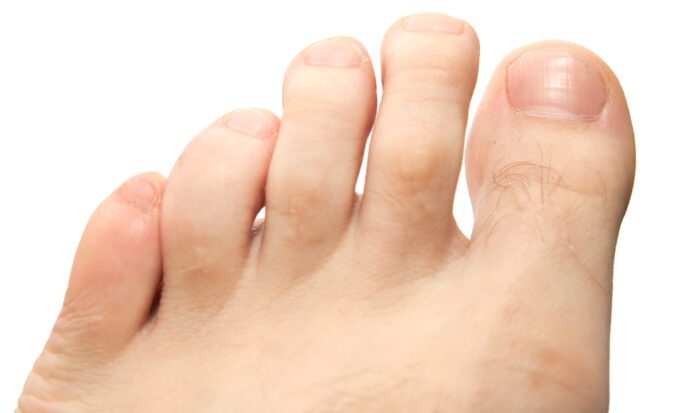Overview
Mallet toe is one of the most common deformities encountered by orthopedic surgeons. Care needs to be taken to ascertain whether it is a primary condition or secondary to a systemic disease, especially if multiple deformities are present. There are numerous operative strategies available, but each has its specific indications. If the indications are followed, highly successful outcomes may be achieved.
Cause
Mallet toe can result from the following:
• Injury to the toe.
• Shoes that are too tight.
• Bone and muscle imbalances.
• Arthritis.
Symptoms
Symptoms of mallet toe include:
• Redness and swelling on the affected toe.
• Corns or calluses.
• Toe ulcers in diabetic patients.
Treatment
Non-surgical treatment of mallet toe includes:
• Rubbing calluses with a pumice stone to keep them as thin as possible.
• Wearing shoes with roomy toe boxes.
• Wearing a cushioned pad over the toe, or beneath the toe tip.
• Avoiding high heels.
• Strengthening and stretching the toe muscles with exercises.
What are the risks of treatment?
Risks include nerve injury, infection, and stiffness. Recurrence of the toe deformity can occur, especially if you return to wearing ill-fitting shoes.
Other
Two types of mallet toe exist:
• Flexible mallet toes are in the developmental stage and the affected toes are still moveable at the joint.
• Rigid mallet toes are more symptomatic. The tendons tighten and the joints become misaligned and fixed in this position.
Source
https://pubmed.ncbi.nlm.nih.gov/22118227/
https://my.clevelandclinic.org/health/diseases/17204-mallet-toes



